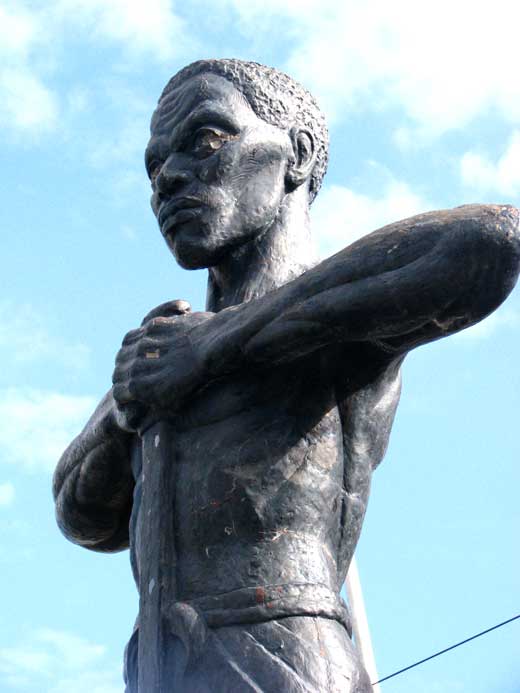Paul Bogle: Jamaican Deacon, Activist, and National Hero
Paul Bogle, a Baptist deacon and activist, was a pivotal figure in Jamaica's fight for justice and fair treatment during the late 19th century. Born in 1822, Bogle was a prolific force in the island's struggle against colonial rule, up until his death in 1865. He is celebrated today as a National Hero of Jamaica for his unyielding commitment to the cause of his people and his resolve in the face of adversity.
Leading the Morant Bay Protesters
Bogle gained nationwide recognition for his leadership of the 1865 Morant Bay protesters. These men and women sought justice and fair treatment for all people in Jamaica, irrespective of their race or economic status. Bogle's role in the Morant Bay rebellion cemented his place in Jamaica's history and in the hearts of his people.
The Start of the Rebellion
The events that sparked the rebellion began on 7 October 1865 when Bogle and his supporters were alleged to have killed two men from Stony Gut. A local, black man was arbitrally arrested and convicted on trespassing charges, angering the community. Bogle and his group protested this treatment, leading to the protestor's arrest and subsequent rescue. The escalation of these events led to a police retreat and the issue of warrants against Bogle and many others.
Upon the police's arrival at Stony Gut two days later, the residents put up fierce resistance, forcing the police to retreat to Morant Bay.
The Pinnacle of Resistance
On 11 October 1865, Bogle led hundreds of followers on a protest march to the Morant Bay courthouse where a vestry meeting was taking place. Armed with sticks and machetes, the crowd was met by a volunteer militia that opened fire on the protestors, resulting in seven deaths.
In retaliation for this brutal act, the protestors set fire to the courthouse and surrounding buildings. Several officials who were trying to flee were killed by the throng outside. The black peasants rose up and took control of the parish for two harrowing days.
Retaliation and the End of the Rebellion
The governor retaliated by declaring martial law and ordering troops to suppress the rebellion. The troops ruthily destroyed Stony Gut and Bogle's chapel, killing over 400 parish wide, while arresting more than 300 people, including Bogle. In a final twist, the very people Bogle fought for, the Jamaican Maroons from Moore Town, captured him and handed him over to the colonial government.
Bogle was quickly tried under martial law and hanged on 24 October 1865, along with many others. His execution marked the end of the Morant Bay rebellion, but his spirit fueled the fight for independence in Jamaica.
Legacy and Impact
In Britain, there was public outcry against the governor's aggressive suppression of the rebellion. The liberals led an opposition against governor Eyre, accusing him of murder. However, he also received praises for his swift action to prevent a potentially larger rebellion.
Bogle's legacy lives on today as a symbol of resistance and an advocate for justice and fair treatment. His courage to go against the colonial government left an everlasting impact on both Jamaica and the world's perception of colonial rule.
Despite the brutality he faced and ultimately his death, he never faltered in his commitment to fight for his people. Paul Bogle remains an iconic figure in the fight against colonial rule and his resilience continues to inspire the spirit of independence in Jamaica.


